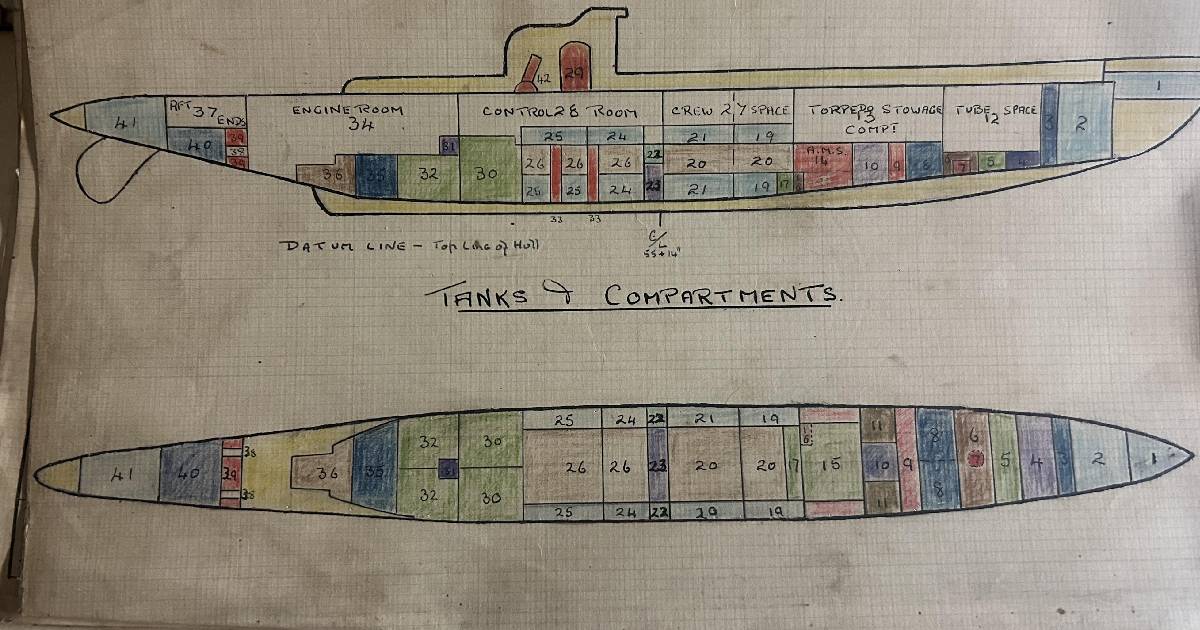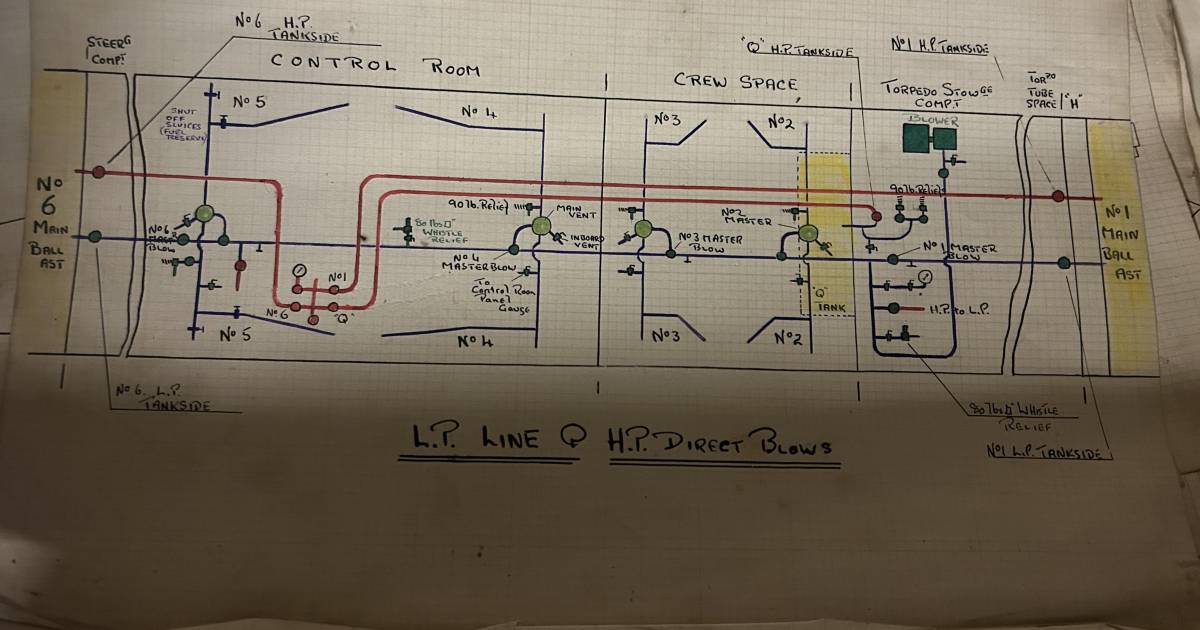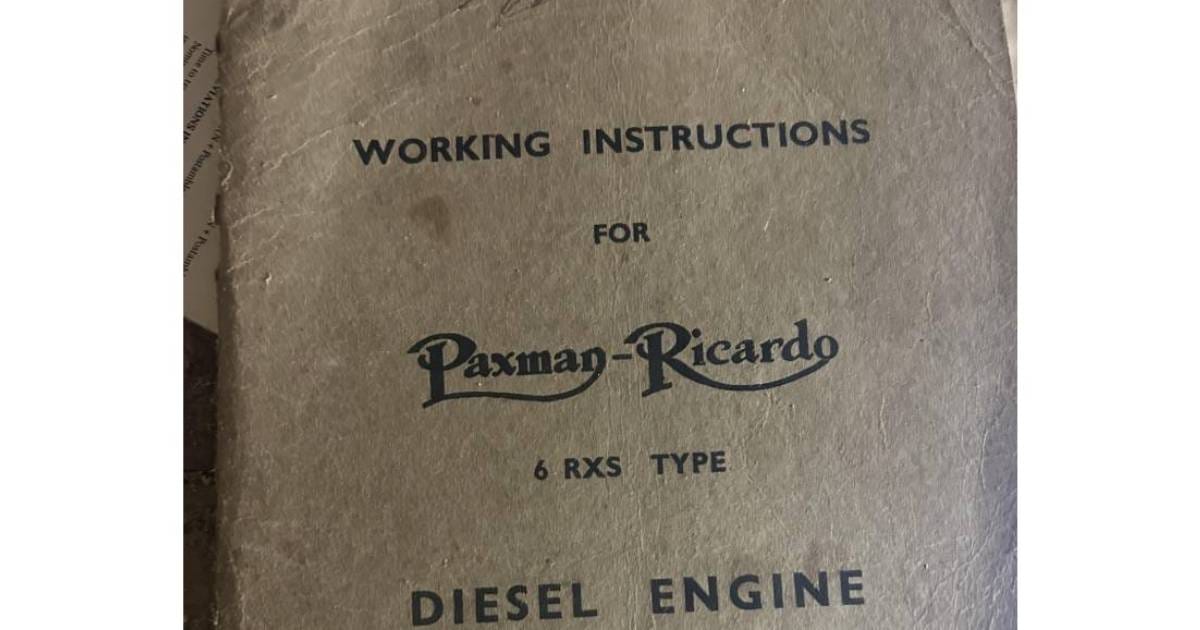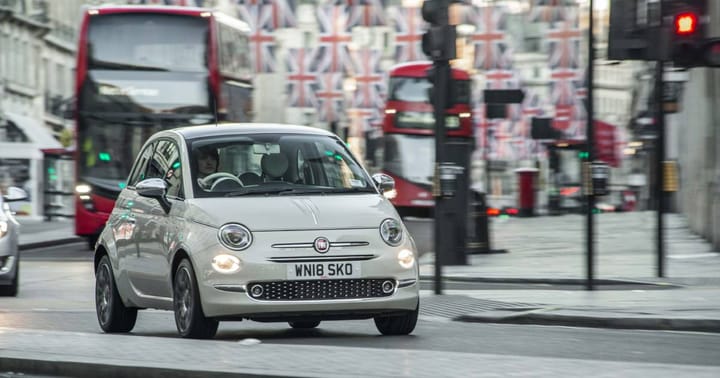A quick dive into history
I recently unearthed some documents and might as well share what I learnt

I haven’t updated this site for over three months for a number of reasons, one of which was I got ‘stuck’ after the last piece I published, becoming fond of having my old man’s old Jag at the top of the homepage.
Such sentimentalism is both self-indulgent and runs counter to the ‘kill your darlings’ approach that many advise when writing, however, and while there are any number of articles I could be tapping out, I was last week struck with inspiration after finding documents my grandfather compiled in the War.
I had never seen these papers before: my father had understandably kept them, and also understandably not known what to do with them beyond putting them in a box in an outbuilding.
As you can no doubt tell from the lead image, my grandfather was a submariner, and while his drawings are functional rather than artistic, I am surprised to see how well the coloured shading has stood up over the last eight decades, while his ink schematic showing high and low-pressure lines and valves remains pleasingly crisp.

Among these diagrams was a set of 'working instructions' for the Paxman Ricardo 6RXS type diesel engine, which I learn powered all U and V-Class (the latter an evolution of the former) submarines. These were relatively small boats, a little under 60 metres in length and with a crew of 30 or so men – though they were advanced for their time.
The 6RXS was an 83.6-litre, six-cylinder engine producing 400bhp at 825rpm, with each U/V sub getting two, a mirrored pair that allowed each to be controlled from the centre of the engine room. The engine itself was the work of Paxman, a famed Colchester firm now owned by MAN. The Ricardo name was added as the 6RXS's head featured Harry Ricardo's 'Comet' swirl chamber, in which the fuel-air mixture pre-ignites before entering the main combustion chamber. The Comet was one of Ricardo's more significant inventions, giving diesel engines lower injection pressures and quieter running – the latter no doubt a desirable characteristic in a submarine.

I've got a bit of a soft spot for Ricardo, as four years ago I visited the company's south-coast headquarters for a magazine assignment, learning as much about the firm that builds McLaren's engines as one can in a couple of days and without security clearance. Being able to immediately call to mind one of the elements of an engine my grandfather worked on gave a tenuous but pleasing connection to a man whom, despite surviving the War, I never got to meet.
At the top of the manual is written my grandfather's name, as well as the letters 'CERA' , which stands for 'chief engine room artificer'. He must have been promoted at some point, as Fleet Orders from 1943 list him as 'Engine Room Artificer Second Class' alongside the Distinguished Service Medal he and many others were awarded for their "bravery and devotion to duty in successful patrols in H.M. submarines" during the Malta convoys.
All of this information was new and interesting to me, no doubt largely as it pertains to my grandfather. But he was one out of a crew of 30 or so others on his ship, serving on a class of submarine of which around 80 examples were built, in a navy that had thousands of vessels, fighting in a war with millions. It seems right to document these details and drawings rather than have them sitting in a box in a barn.



